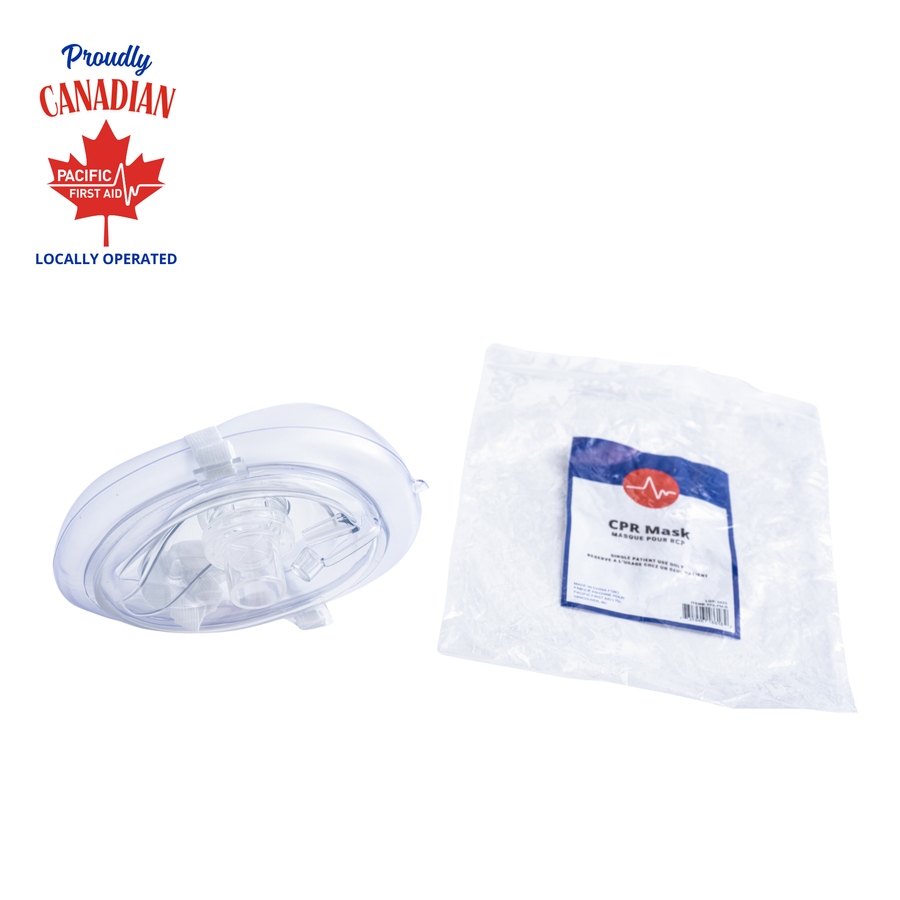
The two-part sentence you can use to get help in any emergency
Ever wonder why people don’t stop when they pass by an emergency? They may slow down and openly stare, but not come forward to help.
I thought about this for YEARS and it took me 18 years to learn…
Turns out that it isn’t because people don’t care or are in a rush. Most of the time, it’s because people are uncertain if it is an emergency or that someone requires help!
There are common questions that come up in each bystander’s mind: What kind of help is required in this situation? Should I be the one to provide the help? Is there someone more qualified to volunteer? Has someone already gone to get professional help?
Here is one sentence you can use to get help in any emergency
First part of the sentence
Make eye contact with one specific person and describe them.
- Just had a major car accident?
- Involved in a concussion while playing sports?
- Experiencing heart attack or stroke symptoms and not sure if you are in an “emergency” enough situation to ask for help?
Even if you are not sure if what you are experiencing is considered an emergency, in the case that it is (or can become) a “real emergency”, make eye contact with one specific person in the crowd and ask for their help.
If your head is spinning or you’re losing feeling in your limbs, explain your situation the best you can while you are able to.
Don’t feel embarrassed about asking for help or thinking it may not turn out to be an emergency after all.
If you cannot physically move towards the bystander, start your sentence by using descriptive words: “You in the blue jacket and white hat…” or “You in the red Honda Civic…”
Second part of the sentence
Be specific about what you need people to help you with.
People don’t realize what you need help with, especially if they are just passing by and are seeing the end result of an accident or a stroke taking place.
Some instructions you could use:
- [To a bystander] …Call the police/ambulance/firefighter
- [To a driver driving by] …Pull over, we need help
Combining parts 1 and 2 of the sentence, it makes for a very clear call for help:
- “You in the blue jacket and white cat, call the ambulance.”
- “You in the red Honda Civic, pull over, we need help.”
When people are uncertain, they will not act. By you asking for help, people know that your situation is a real emergency.
Don’t allow bystanders to define your situation as a nonemergency. Because your safety shouldn’t be compromised.
Author: Lisa Deacon
Source: Influence by Robert Cialdini







